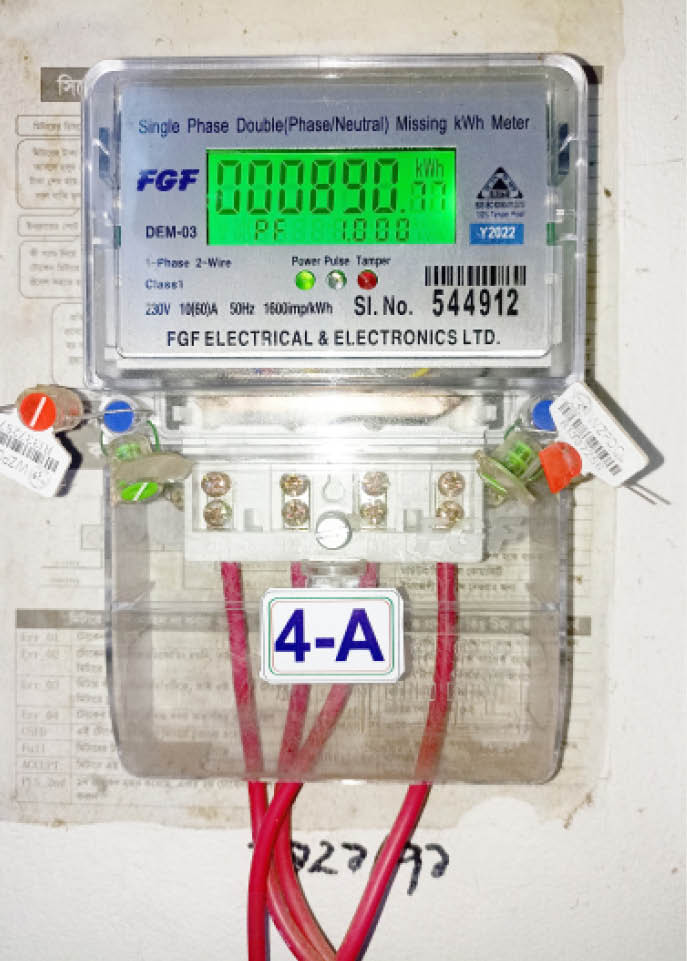Explainer: Why electricity meters will go dark if not upgraded
Electricity meter users across the world using the Standard Transfer Specification (STS) software for vending have been urged to upgrade their meters before November 24, 2024 or they would go dark. According to the STSA, the upgrade is essential to enable the meters receive and install the token identification (TID) given at the time of […]

Why electricity meters will go dark if not upgraded
Electricity meter users across the world using the Standard Transfer Specification (STS) software for vending have been urged to upgrade their meters before November 24, 2024 or they would go dark.
According to the STSA, the upgrade is essential to enable the meters receive and install the token identification (TID) given at the time of vending.
What is STS
According to the STSA, The Standard Transfer Specification (STS) is a secure message system that transmits information from a “a point-of-sale and a meter,” thereby serving as an interface between payment service and electricity provision in meters.
The application created in 1993 was designed to provide 20-digit electricity credit tokens, which are unique, that users entered into their meters.
- CP rewards policewoman N250,000 for rejecting bribe
- We’ll break barriers to deliver affordable housing – Dangiwa
An article on News24 stated the tokens are provided “when attached to a section of the token to the minute that the token was bought. This segment of the number is known as the token identifier (TID). This system worked well, but there is an issue as there were only so many minutes that could be attached to a token before the 20-digit number that users punch into their meters to sell electricity became too long.”
It added that a count of a total of 224 minutes is attached to a token from when the vending system started on 1 January 1993 and would reach 24 in November 2024, after which the system will no longer be operational since. “That is over 16 million minutes.”
It noted that the upgrade is imperative as all STS meters worldwide would stop accepting old credit tokens without the necessary meter upgrade.
How to upgrate your meter
In Nigeria, the Distribution Companies (DisCos), who own and maintain meters, said the meters would stop giving out old tokens from August 1, thus buying new tokens would see the generation of three different tokens instead of the usual one given at vending point.
The two tokens which are referred to as Key Change Tokens (KCT) would then be manually entered into every meter in the correct sequence for the meter to operate beyond the rollover date.
For Ibadan Electricity Distribution Company (IBEDC), the KCT serves as a special ‘reset’ token and is crucial for the successful completion of the meter upgrade process.
In a statement to its customers, it said “Importantly, obtaining the KCT is free of charge and customers can upgrade their meters without any impact on the current electricity tariff.”
The statement further advised that “Customers must upgrade their prepaid meters by sequentially entering the two KCT tokens (KCT1 and KCT2) and then the energy token as provided by IBEDC.
“Effective August 1, old credit tokens will become obsolete. Customers must ensure that any unused or previously purchased energy tokens are loaded into their meters before this date.
“The meter upgrade process will not affect the credit unit balance on the meter. Customers can rest assured that their balance will remain intact after the upgrade.
“The meter upgrade is a one-time process. Subsequent energy token purchases will continue as usual after the upgrade has been completed.”
This Explainer is produced in partnership with the Centre for Democracy and Development (CDD)
